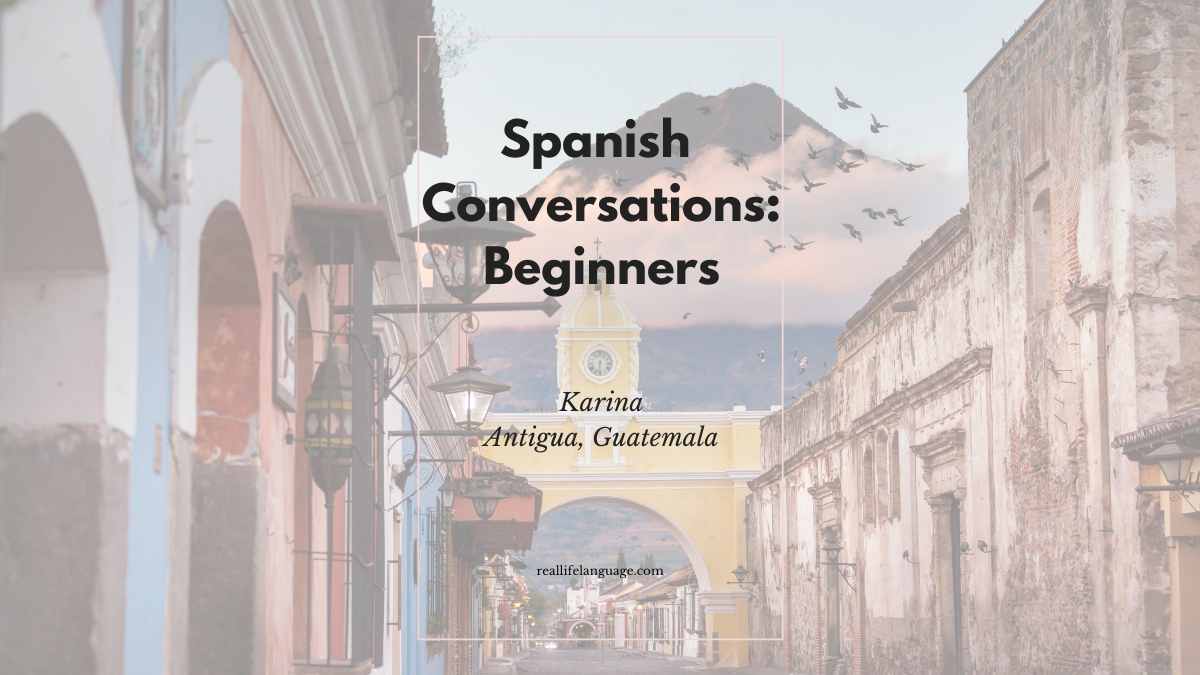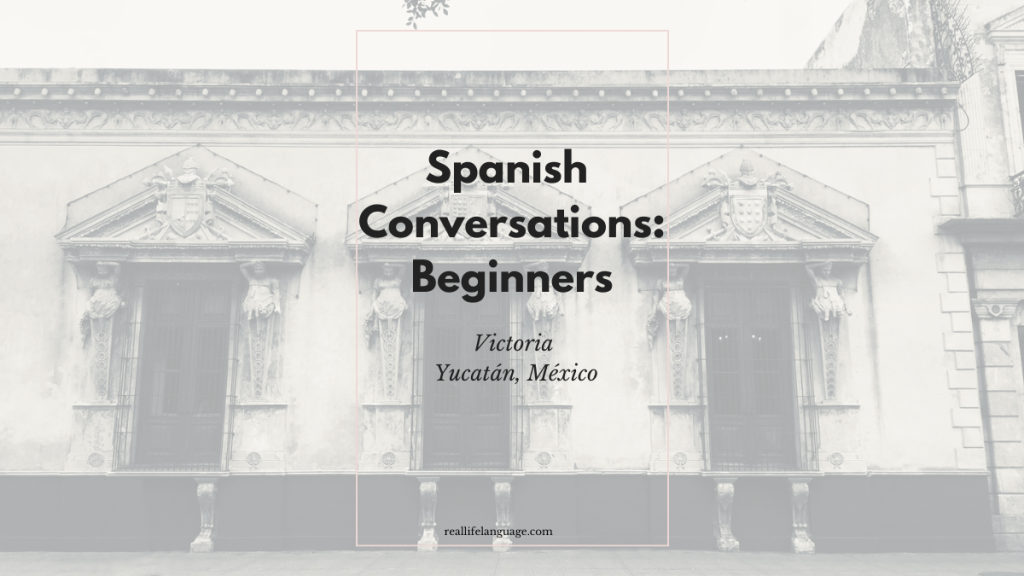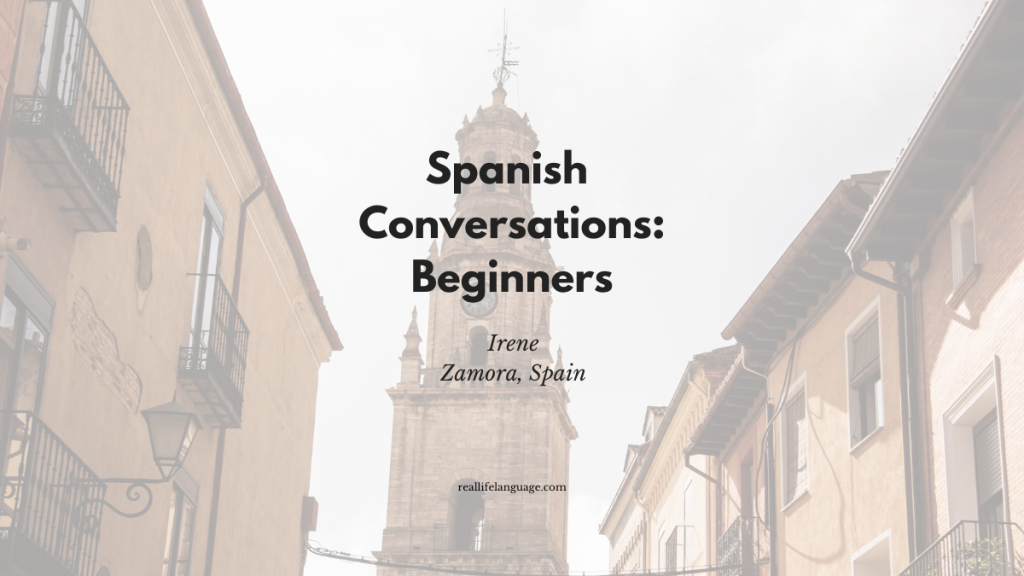
This article presents an easy-to-follow model conversation that helps readers learn Spanish through real-life topics: family, daily routines, food, hobbies, and life in a small colonial city. The speaker, Karina from Guatemala, shares personal details in simple language that beginners can imitate to practice questions and answers. If you want to learn Spanish, this piece offers practical phrases, vocabulary lists, mini-dialogues and study tips based on Karina’s conversation.
Who is Karina?
Karina is a 37-year-old teacher living in Antigua, Guatemala. She describes herself as calm, funny and active. She enjoys dancing, exercising, cooking, being outdoors and spending time with family and pets. She speaks Spanish natively, some Kaqchikel (a Mayan language), and about 50% English. Her daily life and routines provide excellent material for everyday Spanish practice.
Everyday topics you can practice
The conversation covers beginner-friendly topics learners should master. Each topic below includes useful Spanish words and sample phrases to practice.
Family and personal information
- Vocabulary: la familia (family), el padre (father), la madre (mother), la hermana (sister), el sobrino (nephew), la mascota (pet)
- Sample phrases:
- ¿Cómo te llamas? — What is your name?
- Vivo en Antigua, Guatemala. — I live in Antigua, Guatemala.
- Tengo una hermana mayor. — I have an older sister.
Daily routine and work schedule
- Vocabulary: levantarse (to get up), trabajo (work), desayuno (breakfast), gimnasio (gym), dormir (to sleep)
- Sample phrases:
- Me levanto a las dos de la mañana. — I get up at two in the morning.
- Tengo clases de 50 minutos con 10 minutos de descanso. — My classes are 50 minutes with a 10-minute break.
- Voy al gimnasio cuatro veces a la semana. — I go to the gym four times a week.
Food and traditional dishes
- Vocabulary: el almuerzo (lunch), tortillas, arroz (rice), pepián (traditional Guatemalan stew), horchata (traditional drink)
- Sample phrases:
- Mi comida favorita es el espagueti. — My favorite food is spaghetti.
- El pepián es un guiso rojo con carne y semillas de calabaza. — Pepián is a red stew with meat and pumpkin seeds.
Hobbies, sports and city life
- Vocabulary: bailar (to dance), leer (to read), fútbol (soccer), caminar (to walk), volcán (volcano)
- Sample phrases:
- Me encanta leer a Paulo Coelho. — I love reading Paulo Coelho.
- En mi ciudad hay tres volcanes cerca. — In my city there are three volcanoes nearby.
Mini dialogues to practice
Short role-plays help internalise common Q&A patterns. Practice both asking and answering.
- Q: ¿De dónde eres? — A: Soy de Guatemala.
- Q: ¿Qué te gusta comer? — A: Me gusta la pasta, especialmente el espagueti con pan de ajo.
- Q: ¿A qué hora trabajas? — A: Trabajo desde las dos de la mañana hasta las diez de la noche con descansos.
Practical vocabulary lists for beginners
Memorise small lists to build confidence. Repeat aloud and use them in sentences.
- Days and times: hoy (today), mañana (tomorrow), tarde (afternoon), noche (night)
- Family: madre, padre, hermana, sobrino
- Food: desayuno, almuerzo, cena, tortilla, arroz, frijoles
- Common verbs: gustar (to like), vivir (to live), trabajar (to work), visitar (to visit)
Tips to learn Spanish from this conversation
Use Karina’s simple, natural answers as a template. To learn Spanish effectively:
- Listen and repeat short sentences aloud to improve pronunciation and rhythm.
- Practice questions about identity and routine: name, age, where you live, family, work.
- Build a vocabulary notebook grouped by topic (food, family, daily routine).
- Make mini-dialogues about your own life using the sample phrases above.
- Shadow native-speaker rhythm: mimic the speed and intonation of short phrases.
Conclusion
This conversational model gives beginner learners practical, everyday Spanish they can use immediately. By practicing Karina’s topics—family, routines, food, hobbies and describing a home or city—learners build confidence in asking and answering questions. Keep practicing short phrases, repeat daily, and use the vocabulary lists as building blocks to become more comfortable with everyday Spanish.
100s of videos to learn Spanish:

